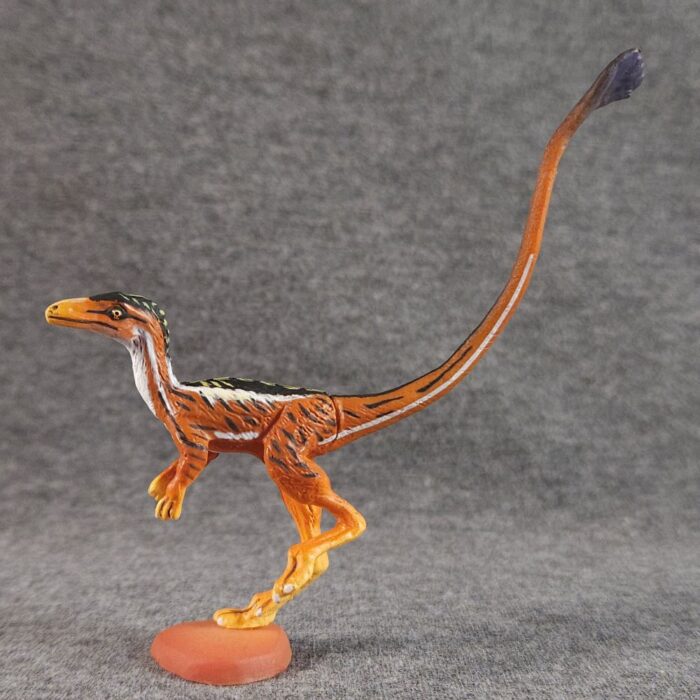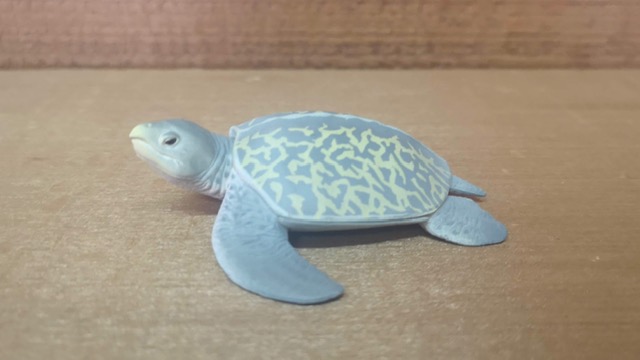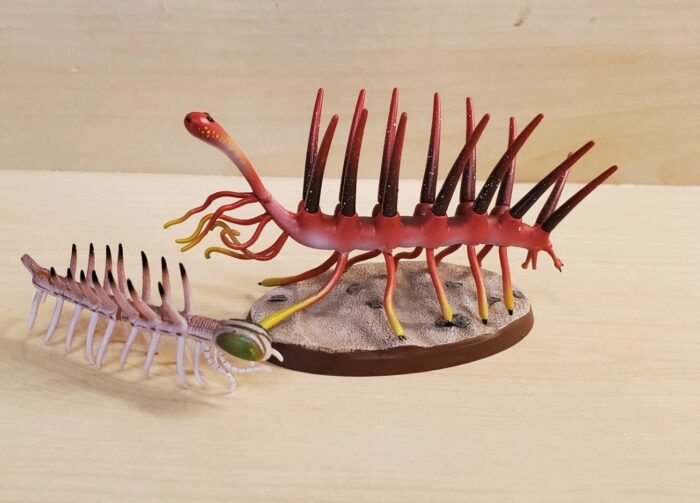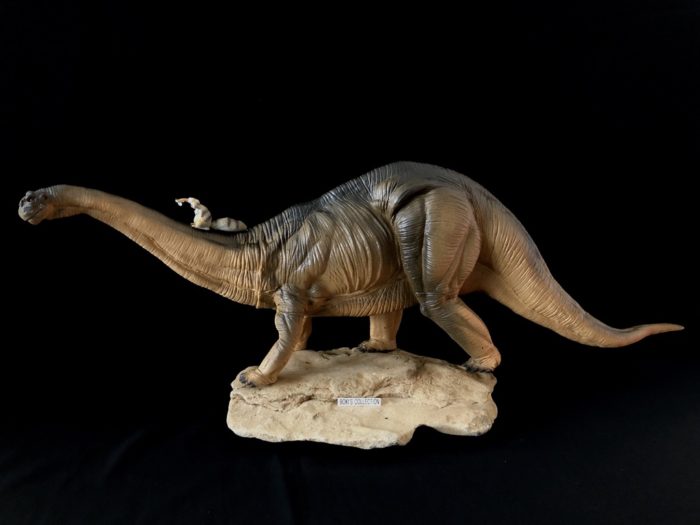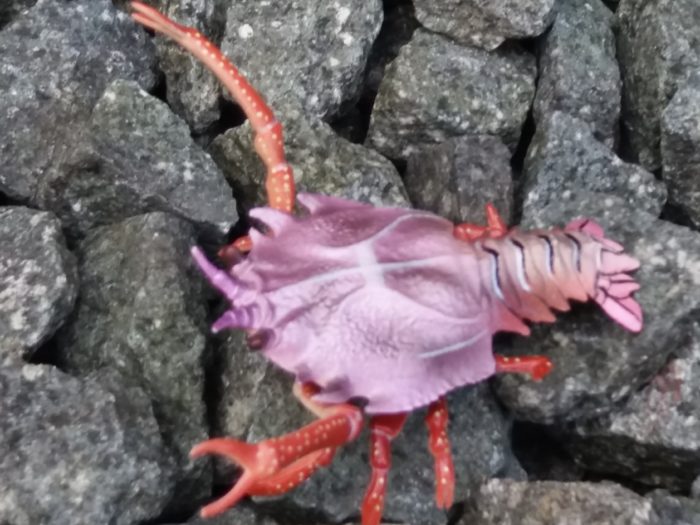It’s been over ten years since fellow reviewer Gwangi covered a figurine of Sinosauropteryx, a small compsognathid theropod, produced by Kaiyodo under their renowned Dinotales series. Since that time, a grand total of… two, maybe three more figurines… have been produced of this seminal genus.
Brand: Kaiyodo
News: Upcoming release from Kaiyodo (New for 2024)
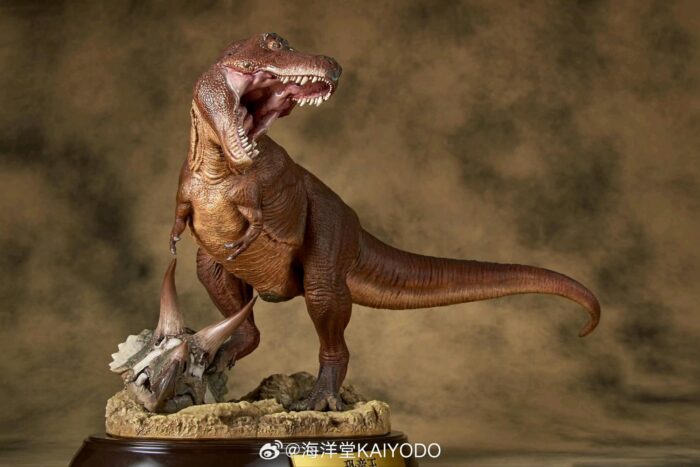
Kaiyodo has revealed “The King of the Dinosaurs,” a 47 cm x 31 cm x 32.5 cm polystone statue mounted atop a wooden base. The world’s most famous and beloved prehistoric animal is posed majestically and menacingly with mouth wide open to reveal all the dentition and one foot placed atop the head of a defeated foe (I don’t reckon I need to specify names here).
Review: Dinosaur Excavation no. 7 (Capsule MiniQ Museum by Kaiyodo)

This set of reissued figurines offers an updated, good-quality variety of animals for collectors who might have missed earlier releases.
Kaiyodo’s miniature dinosaur lines might be among the very best in the market, even with more and more high-end companies entering the scene in recent years.
Review: Archelon (Dinotales Series 2 by Kaiyodo)
Review: Pleurocystites (Dinotales Series 3 by Kaiyodo)
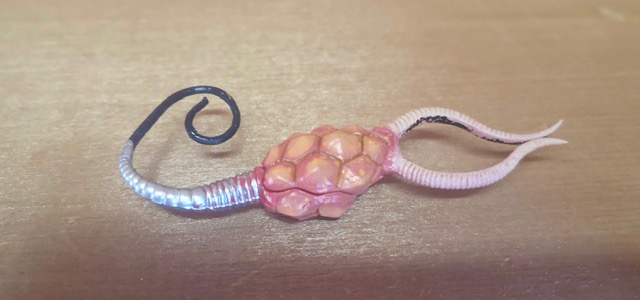
Review and photos by Charles Peckham, edited by Suspsy
How does Kaiyodo find new animals to make toys of? Much of their Dinotales series consists of strange and obscure animals that even a seasoned paleontologist might not have come across before. Case in point: Pleurocystites, an echinoderm from the Late Ordovician.
Review: Hallucigenia (Kaiyodo vs. Trilobiti Design)
Review: Rutiodon (Kaiyodo)
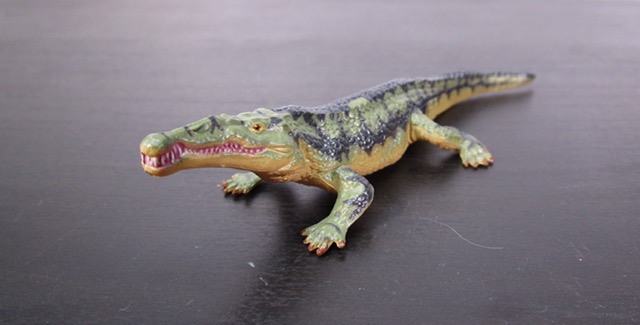
Review and photographs by Loon, edited by Suspsy.
Phytosaurs unfortunately suffer from their superficial resemblance to crocodiles in that they rarely get the level of representation that their more “charismatic” archosaur cousins enjoy. When they do show up, they are usually represented by the late Jurassic Rutiodon, the subject of this review.
Review: Pterygotus (Dinotales series 7 by Kaiyodo)
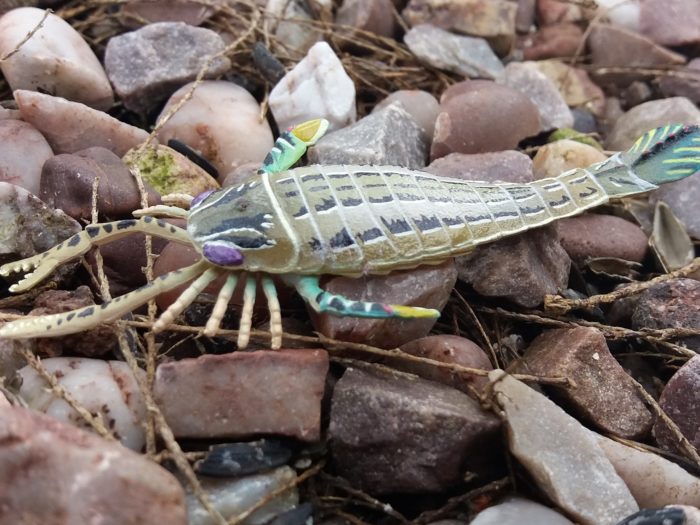
Kaiyodo has to be one of the best prehistoric animal lines out there. At a small size, they gave us a wide spread of species from across earth history in glorious detail and beautiful paint schemes. Today’s review shows just this: Pterygotus, a Silurian Sea Scorpion, one of the largest arthropods ever known, reaching a body length of 5.7 ft.
Review: Apatosaurus/Brontosaurus (Kaiyodo Dinoland Natural History Collection)
Review: Anchiceratops (Kaiyodo Dinoland Natural History)
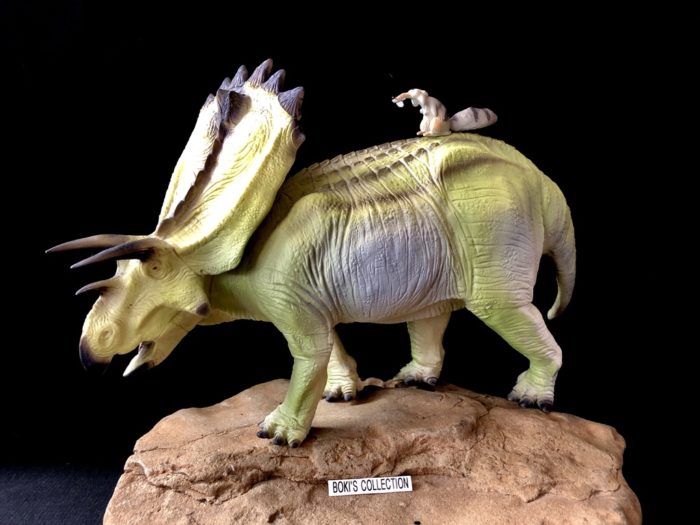
Review and photos by Bokisaurus
Part 4 of Kaiyodo Dinoland Natural History review series
Anchiceratops is one of those dinosaurs that seems to have been forgotten in today’s popular culture. Despite being large and having a unique frill, you don’t really hear much about it, let alone see it in documentaries about dinosaurs, or even a short cameo in movies.
Review: Liopleurodon (Dinotales Series 1, Versions A and B by Kaiyodo)

Although these figures might fall short of Dinotales’ best, they are still delightful and unique representations of the famous Jurassic pliosaur.
Dinotales (in Chocolosaurs) were something of a hidden gem for me; despite an extensive production series, the Japanese capsule toys haven’t ever been marketed much at all overseas, at least that I know of.

